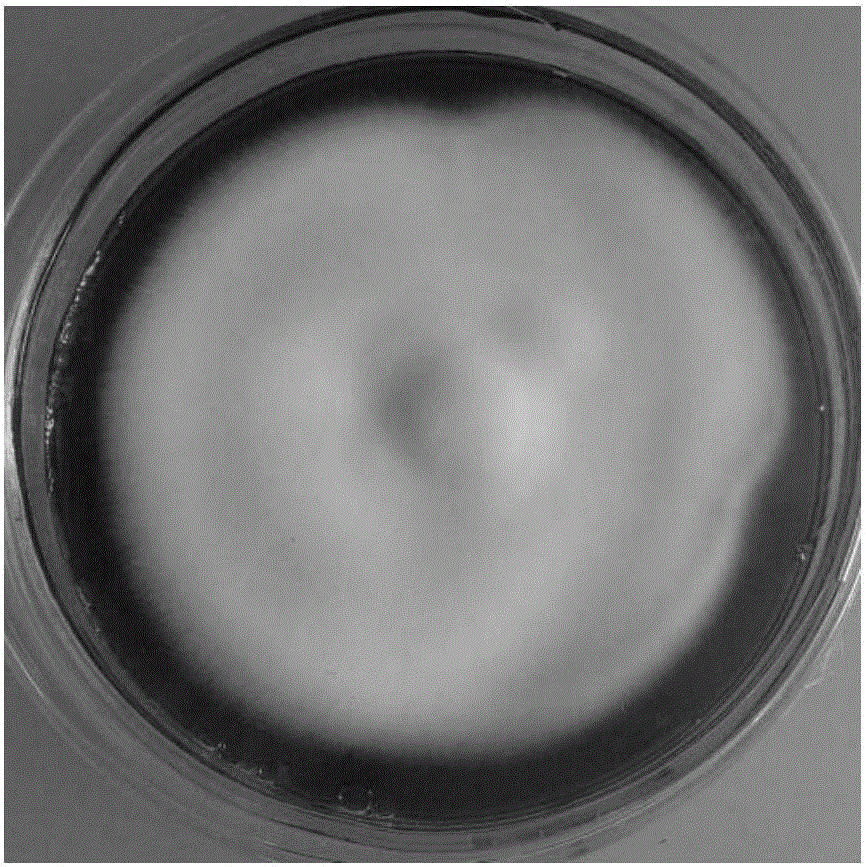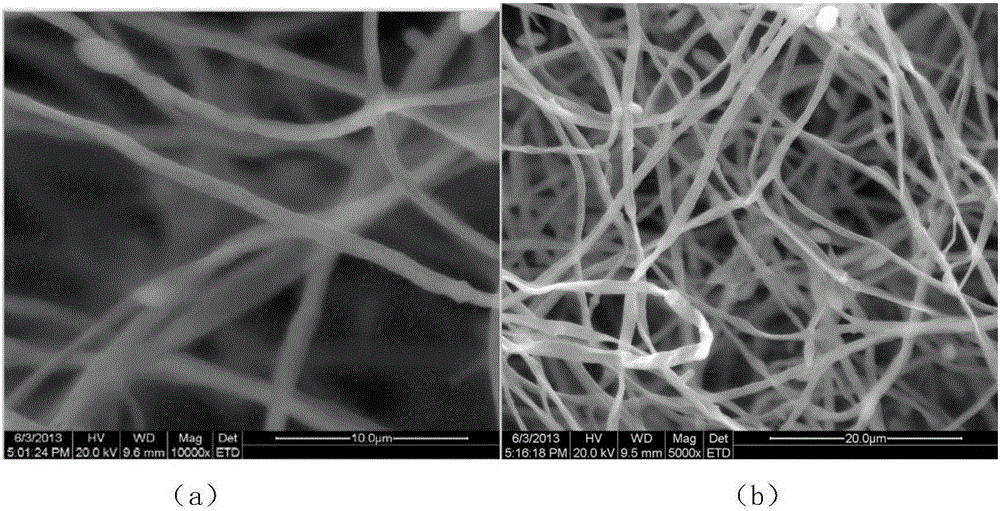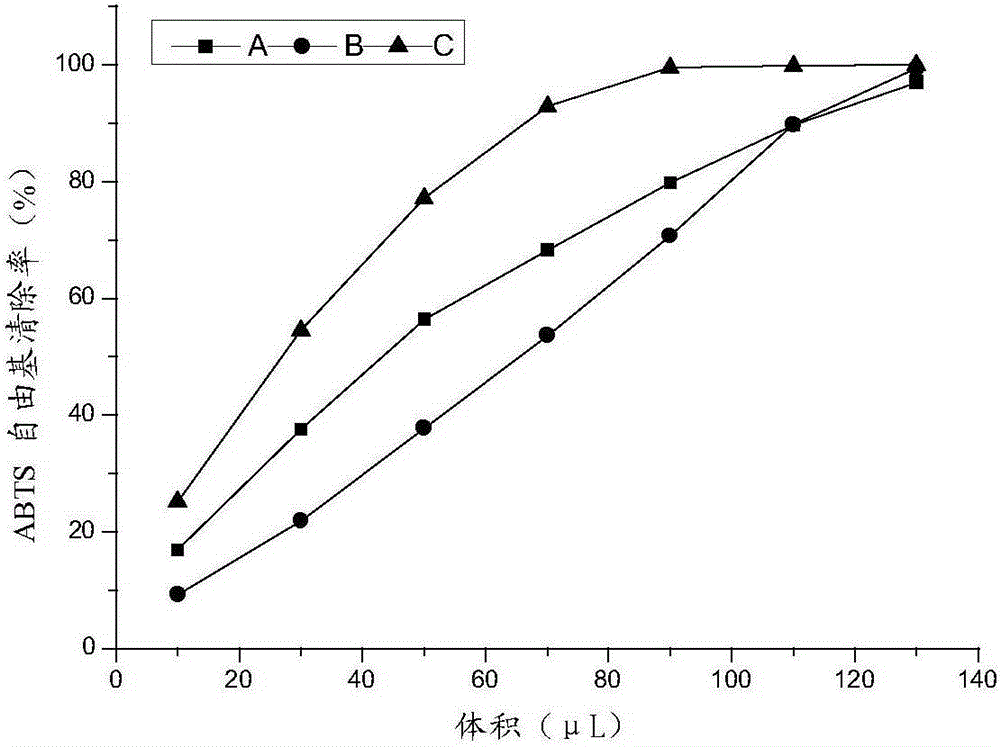A strain producing red pigment and method for producing red pigment
A red pigment and seed technology, applied in the field of microbial engineering, can solve the problems of high cost, poor pigment stability, low extraction rate, etc., and achieve the effects of cost saving, strong antioxidant capacity and α-glucosidase inhibitory capacity
- Summary
- Abstract
- Description
- Claims
- Application Information
AI Technical Summary
Problems solved by technology
Method used
Image
Examples
Embodiment 1
[0044] Example 1 Preparation of strains
[0045] After sterilizing the potato solid medium with natural pH (200g potato, 18g glucose, 18g agar and 1000mL distilled water), pour it into a plate, cool it overnight, check that it is not infected, insert YCPP-01 strain, and cultivate it at 28°C for 7 A fresh strain of YCPP-01 was obtained 2 days later.
Embodiment 2
[0046] Example 2 Microbiological characteristics and identification of strains
[0047] The physiological and biochemical characteristics of the YCPP-01 fresh bacterial strain obtained in the above-mentioned Example 1 are as follows: the colony is round, white, and the edge is entire; The hyphae are white and fluffy and grow rapidly; the culture medium changes from colorless to purple, such as figure 1 shown. The specimen slices were prepared by the Medan water immersion method, and the individual morphology was observed under a microscope: hyphae without septa, branched, conidia, conidiophores branched or not branched. The small conidia are oval and without septum; the mycelium cells of the large conidia produce red pigment, filamentous fungi with conidia, and the mycelium is white and fluffy. figure 2 Further shows the morphological figure of the above-mentioned YCPP-01 bacterial strain under the scanning electron microscope (wherein figure 2 a is a 10000 times magnif...
Embodiment 3
[0049] Example 3 Effects of medium, temperature and pH value on the cultivation of strain YCPP-01 (Lecanicillium.sp)
[0050] The YCPP-01 strain was cultured on potato solid medium, Sabouraud solid medium and Chapeauer solid medium (refer to Table 1 for each medium formula), and 0.5×0.5cm seed bacteria were inserted on each plate, pH The value is set to five pH values of 5, 6, 7, 8, and 9, and the temperature is set to five values of 20°C, 25°C, 28°C, 30°C, and 35°C, and the hyphae are observed at the above pH values and temperatures Growth status and timing of red pigment production.
[0051] Table 1: Description of each medium composition
[0052]
[0053] The experimental results showed that the strain YCPP-01 could grow on the above three mediums and produce pigments, but the pigments produced in Sabouraud medium were relatively small. The strains on the potato medium grew best, with large colonies, dense mycelia, and many conidia; the strains on the Sabouraud...
PUM
| Property | Measurement | Unit |
|---|---|---|
| absorption wavelength | aaaaa | aaaaa |
Abstract
Description
Claims
Application Information
 Login to View More
Login to View More - R&D
- Intellectual Property
- Life Sciences
- Materials
- Tech Scout
- Unparalleled Data Quality
- Higher Quality Content
- 60% Fewer Hallucinations
Browse by: Latest US Patents, China's latest patents, Technical Efficacy Thesaurus, Application Domain, Technology Topic, Popular Technical Reports.
© 2025 PatSnap. All rights reserved.Legal|Privacy policy|Modern Slavery Act Transparency Statement|Sitemap|About US| Contact US: help@patsnap.com



